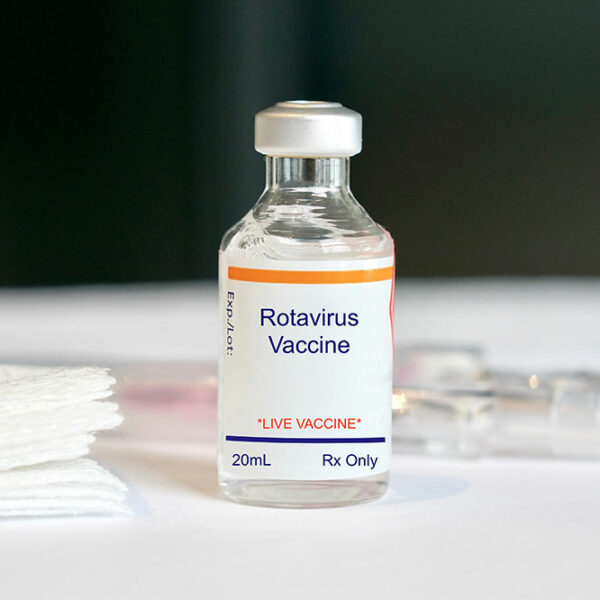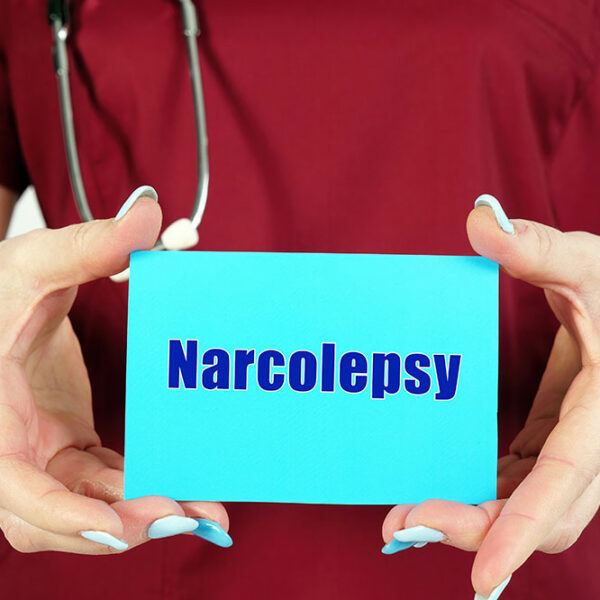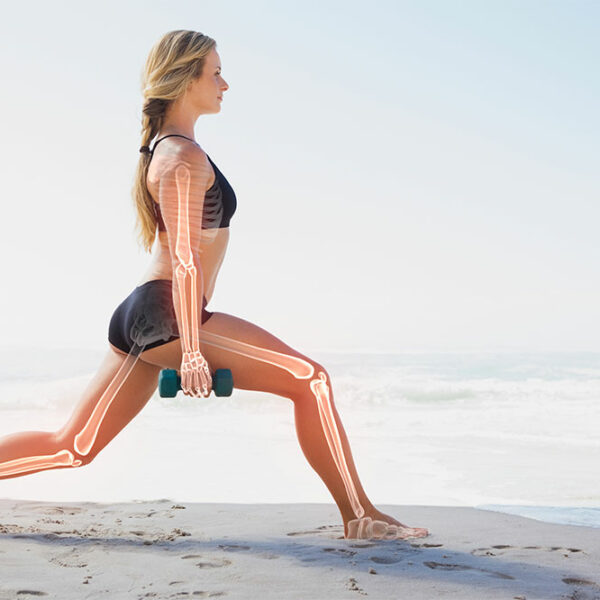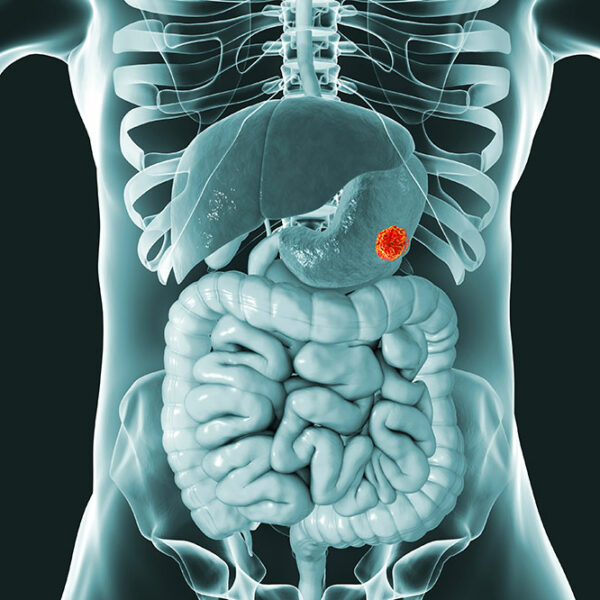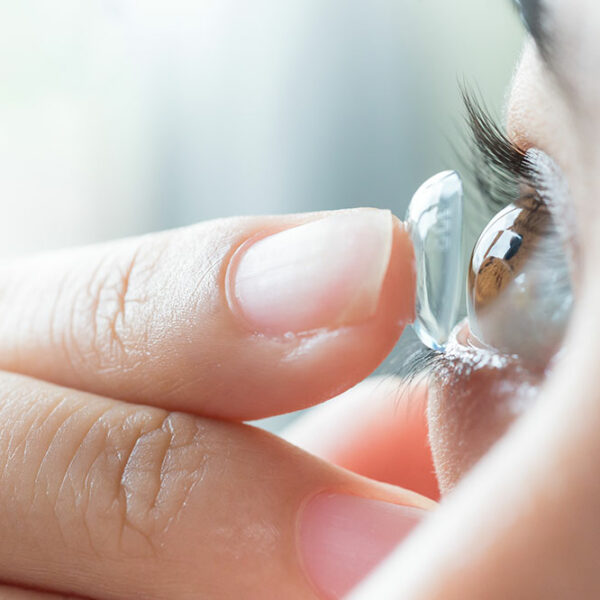
Pros and cons of multifocal contact lenses
Deteriorating vision is a common problem as a person ages. Doctors typically recommend multifocal contact lenses for those with myopia (nearsightedness), astigmatism, hyperopia (farsightedness), or presbyopia (age-related farsightedness). These lenses allow one to see better and are far more comfortable than contacts or reading glasses. However, they are not for everyone. Here, we discuss the pros and cons of multifocal contact lenses to help you make an informed choice. Pros Better comfort The bridges of one’s nose and ears may hurt because of wearing glasses all day. Sometimes, the weight of the glasses also induces headaches and irritation. Multifocal contact lenses, however, eliminate any fatigue or irritation since they are incredibly lightweight and comfortable. Wider field of clarity Glasses can get cracked, chipped, or develop scratches with time, affecting the clarity of one’s eyesight. There are no such problems with multifocal contact lenses since they directly fit the curvature of one’s eyes, offering a broader and clearer vision. Eliminates weather-related issues Glasses often become foggy in cold weather, causing a hindrance. For individuals who do not have prescription sunglasses, the brightness of the sun also becomes an issue. However, there are no weather-related problems with multifocal contact lenses since they are unaffected by temperature changes.
